NASA Image of the Day 1 January 2023: LARGEST Rock in Solar System!
The image of the largest rock in our solar system captured by Voyager 1 is the NASA Image of the Day. What is the name of this rock? Know here.
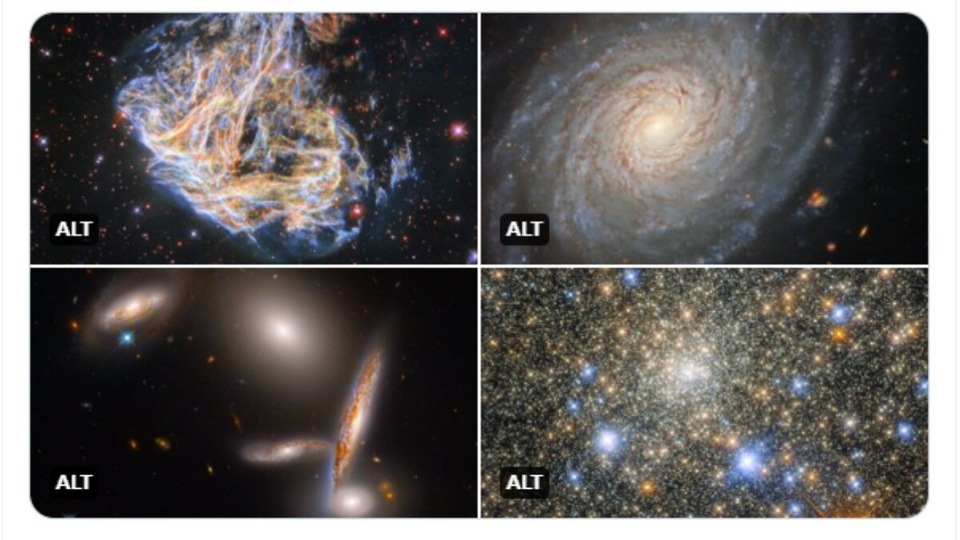
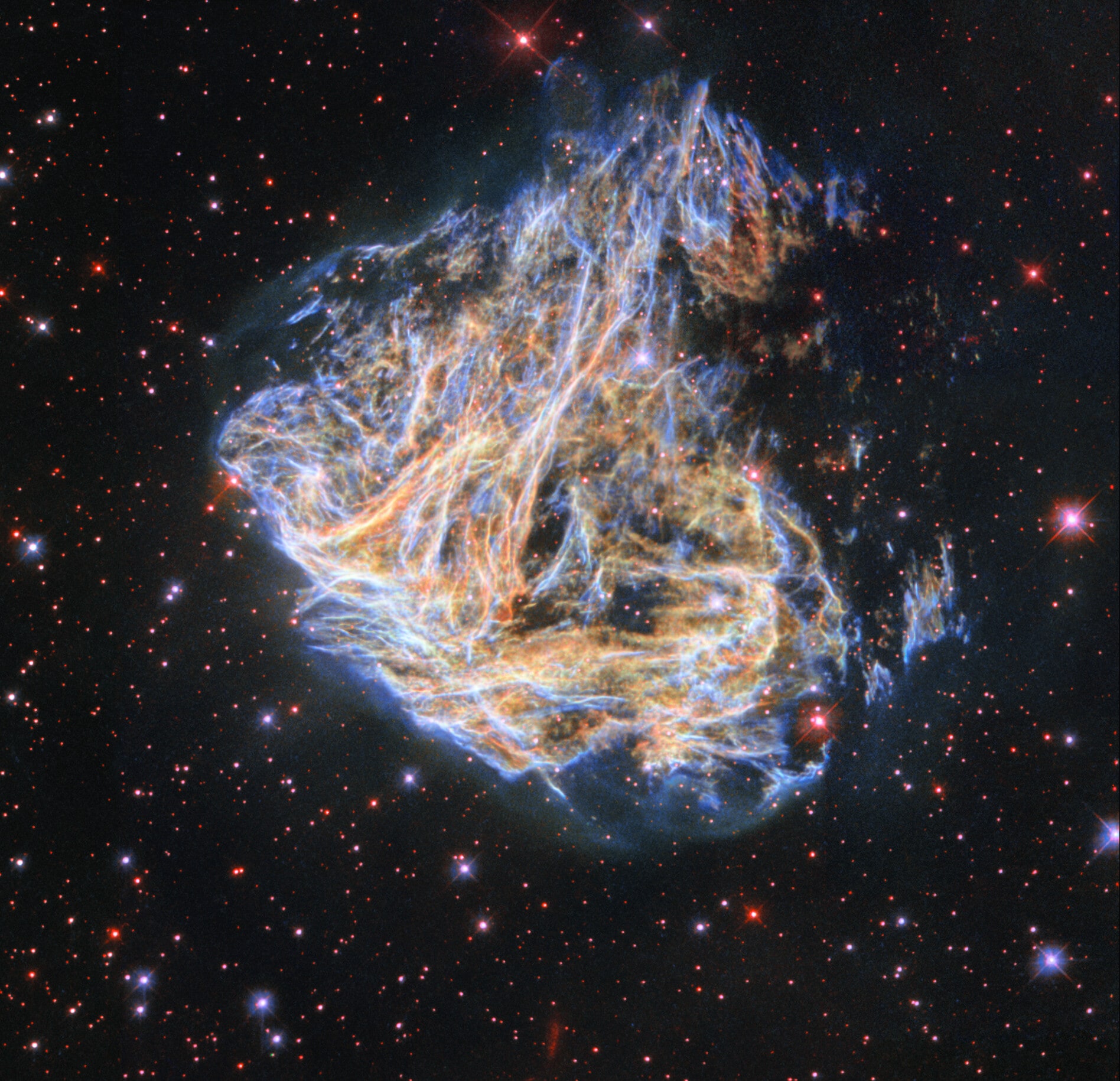
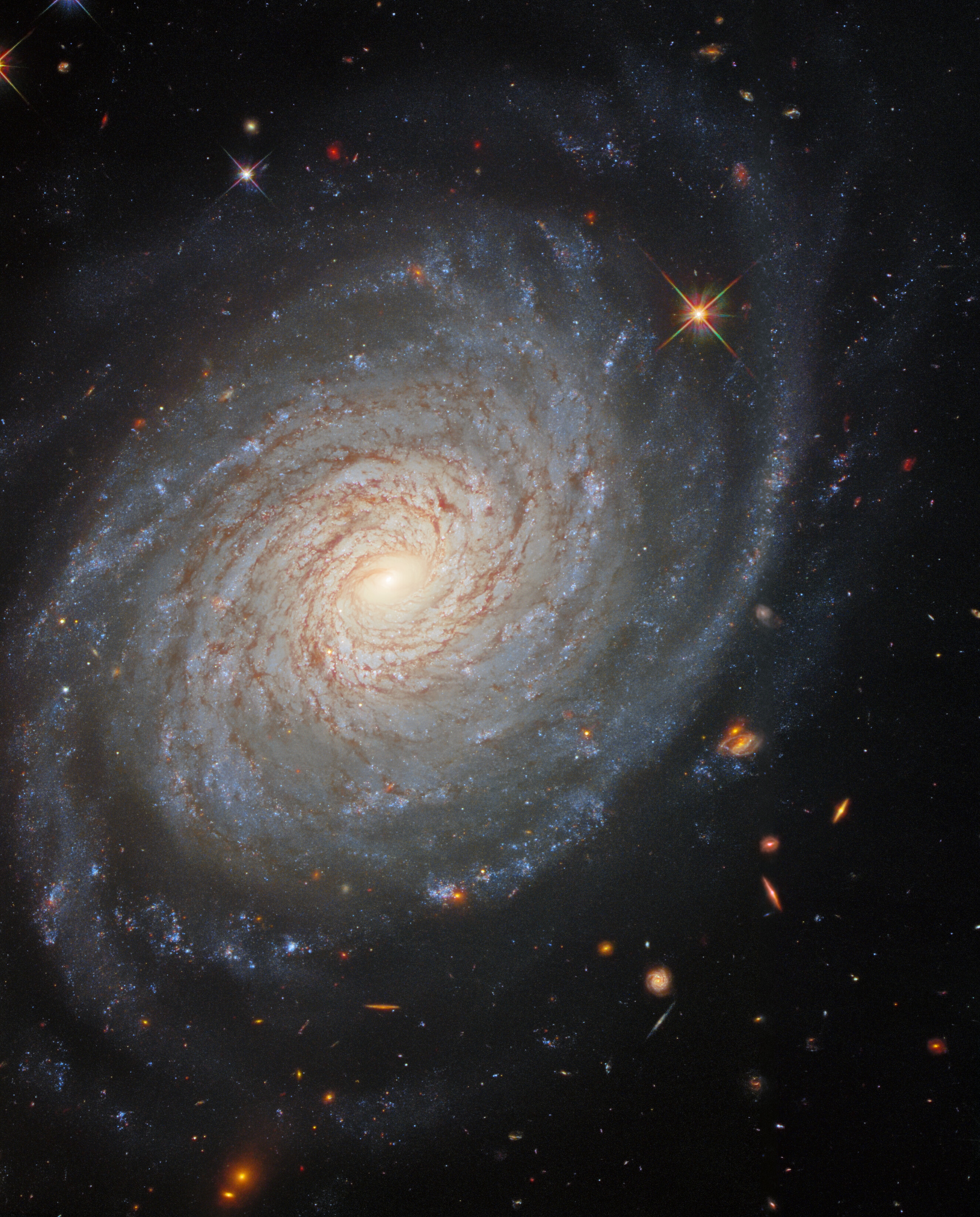
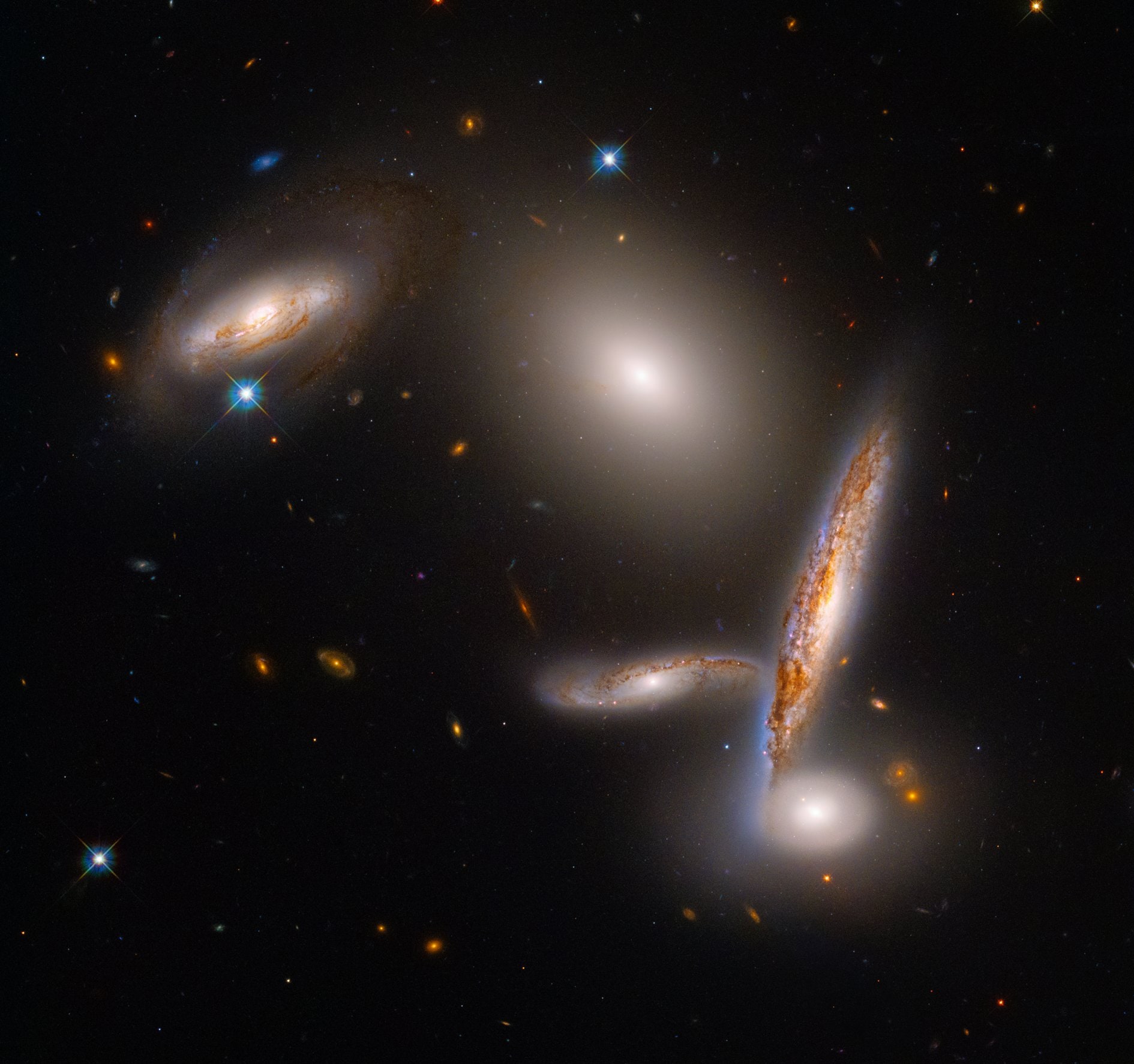

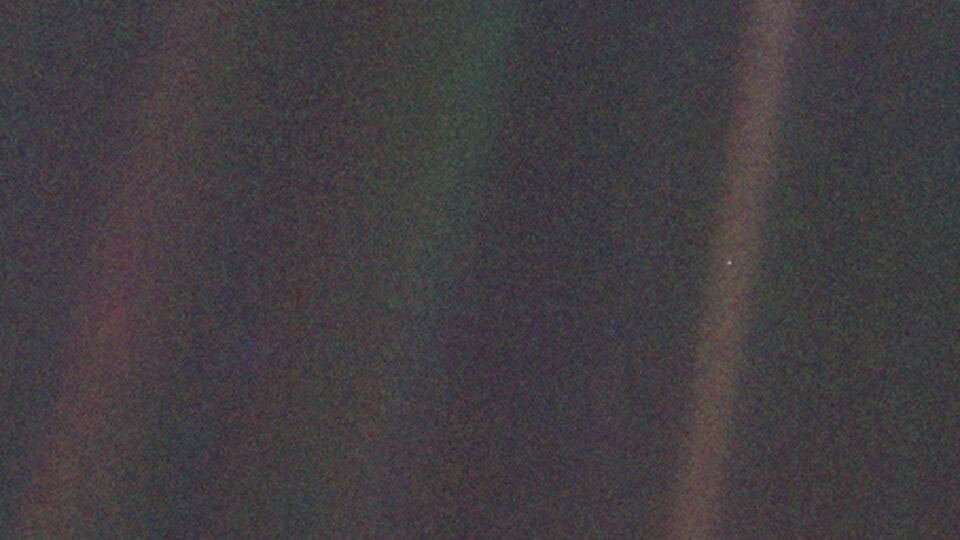
 View all Images
View all ImagesNASA lets you discover something new in the cosmos every day! The space agency drops a new image of some part of our fascinating universe along with a brief explanation by an astronomer. Today, on the first day of the New Year, 2023, NASA has shared the image of the largest rock in our solar system. Have you seen that small dot on the right side of the light's streak? Yes, that is the largest rock in our solar system! It is famously called Pale Blue Dot. NASA claims that it is larger than every known asteroid, moon, and comet nucleus. It is even larger than any other local rocky planet. This image was captured by NASA's technological marvel Voyager 1 spacecraft in 1990 from the outer Solar System.
NASA explains the photo of the day, “This rock is so large its gravity makes it into a large ball that holds heavy gases near its surface.” However, it must be noted that it used to be the largest known rock of any type until the recent discoveries of large dense planets orbiting other stars. NASA further explained, “Today, this rock starts another orbit around its parent star, for roughly the 5 billionth time, spinning over 350 times during each trip. Happy Gregorian Calendar New Year to all inhabitants of this rock we call Earth. ” Yes, this pale blue dot, or "The Rock", is none other than our own planet Earth!
History of NASA's Voyager 1
Back in 1977, the twin spacecraft Voyager 1 and Voyager 2 were launched by NASA in from Cape Canaveral, Florida. Originally, the Voyagers aimed to conduct closeup studies of Jupiter and Saturn, their rings, and the larger moons of the two planets. Now, Voyager 1 has crossed into the heliosheath and is leaving the solar system, and rising above the ecliptic plane at an angle of about 35 degrees at a rate of about 520 million kilometers which is about 320 million miles a year.
Catch all the Latest Tech News, Mobile News, Laptop News, Gaming news, Wearables News , How To News, also keep up with us on Whatsapp channel,Twitter, Facebook, Google News, and Instagram. For our latest videos, subscribe to our YouTube channel.































